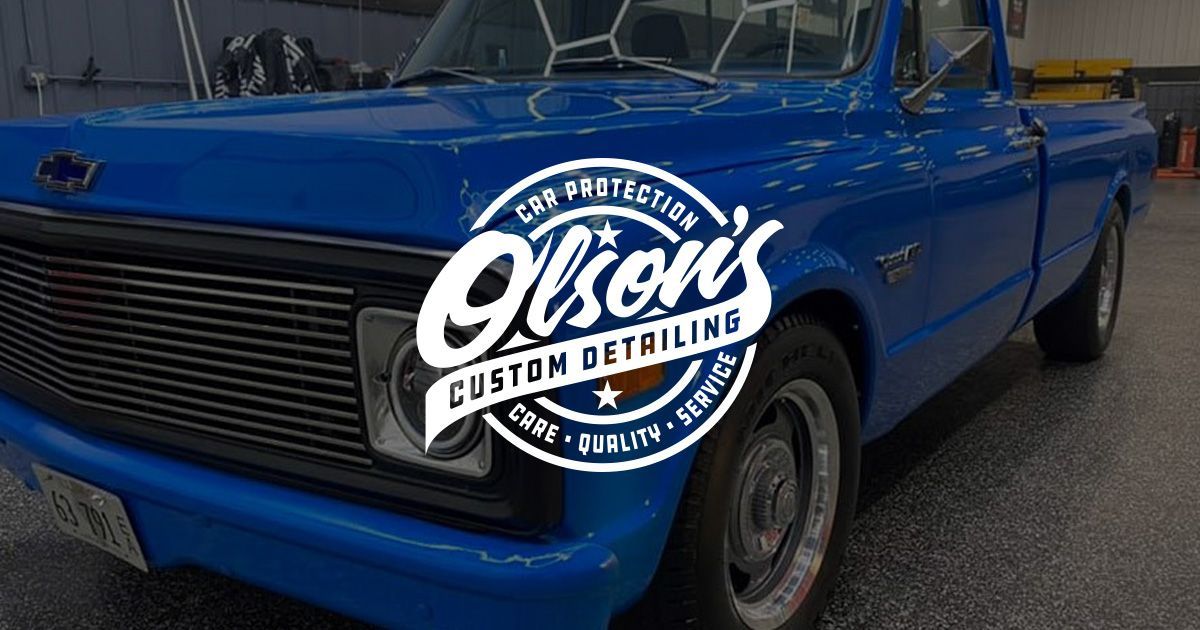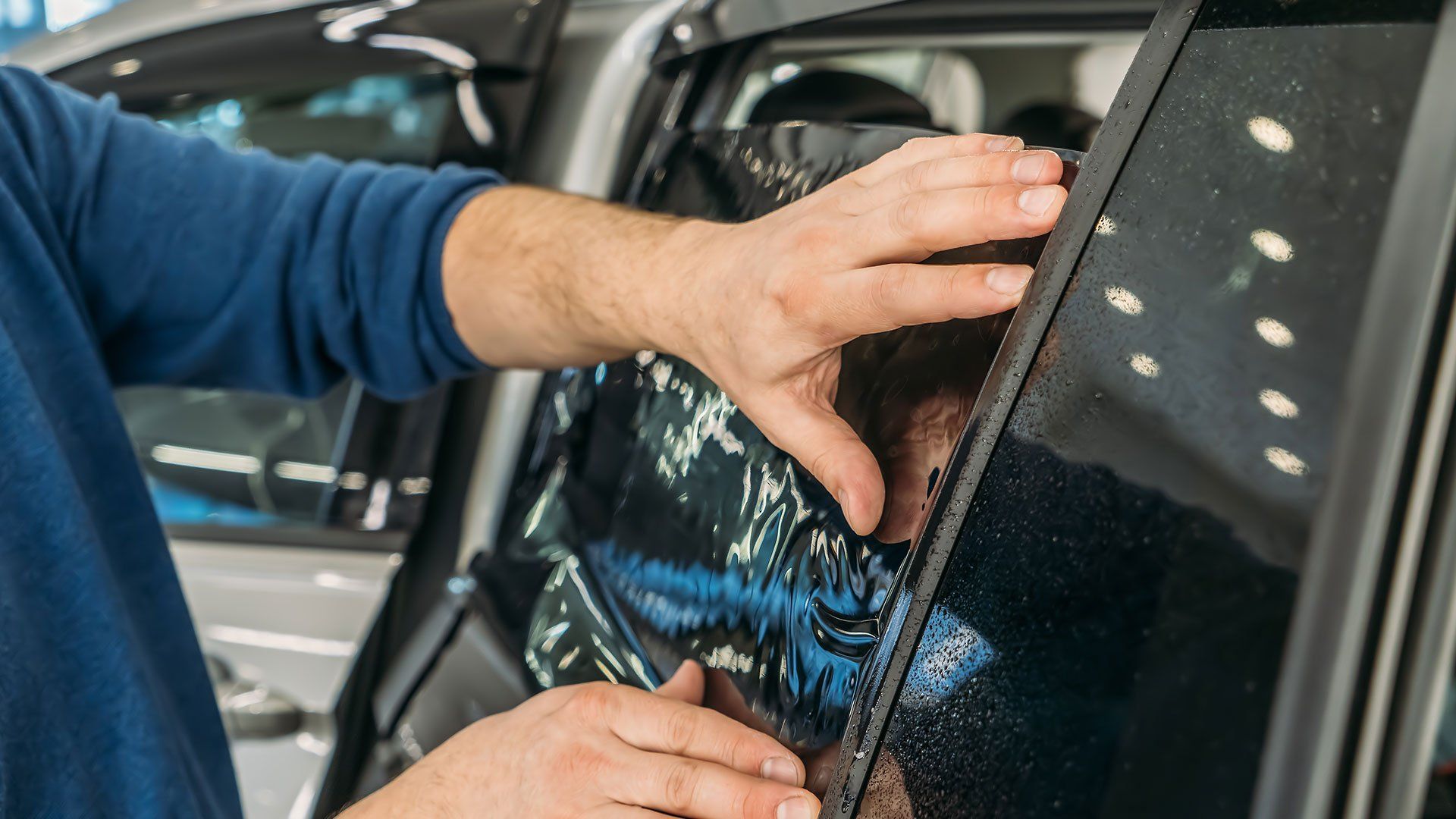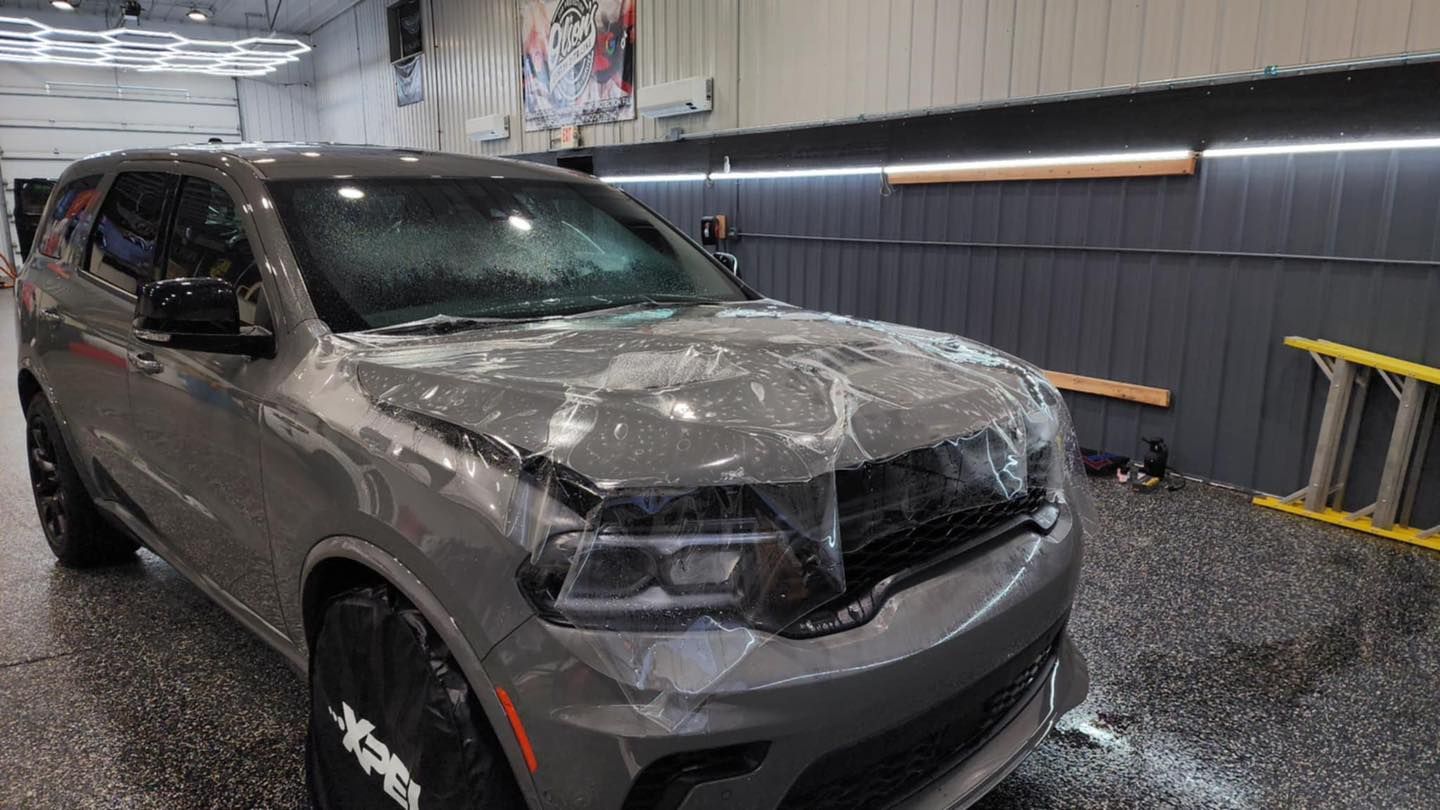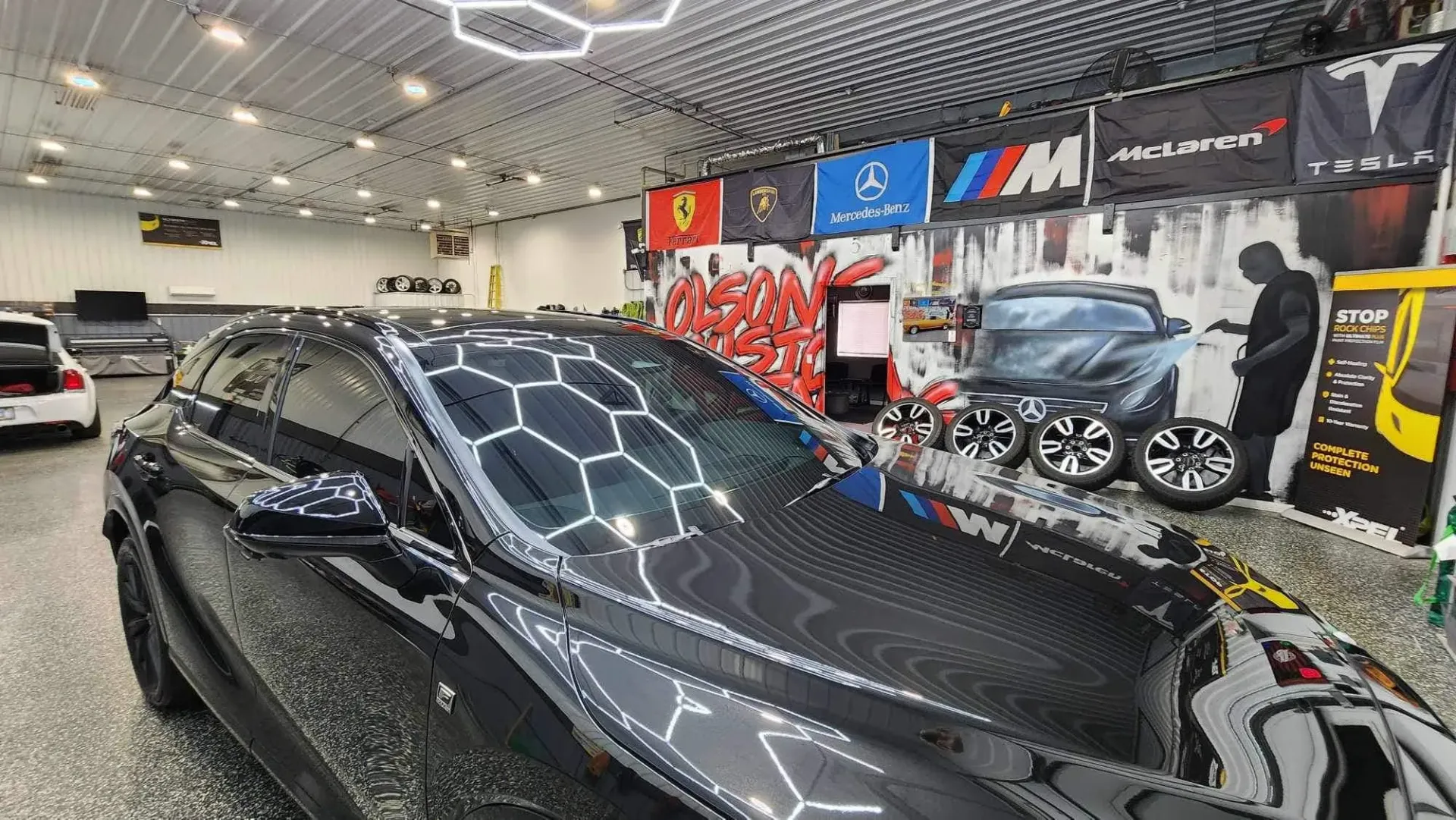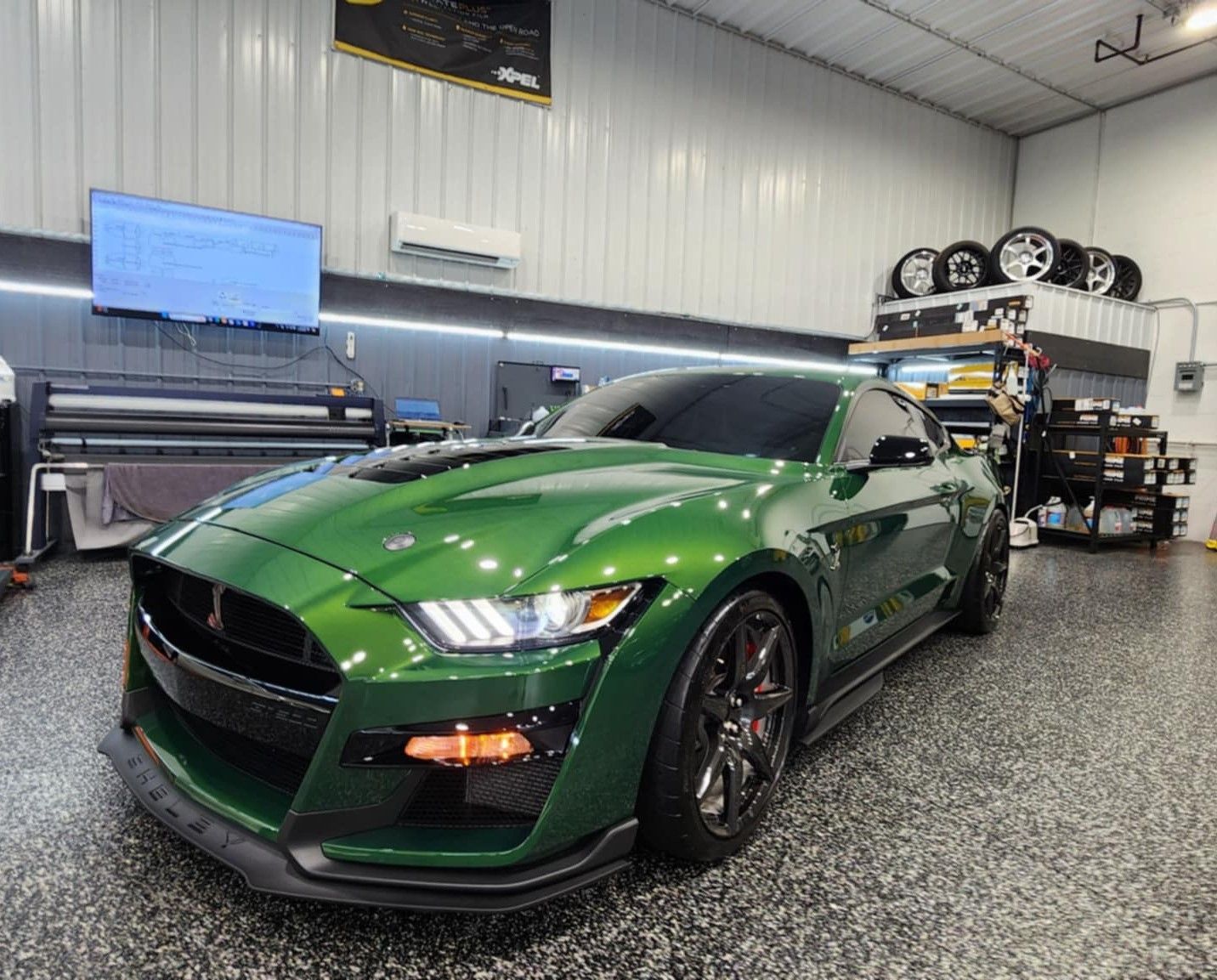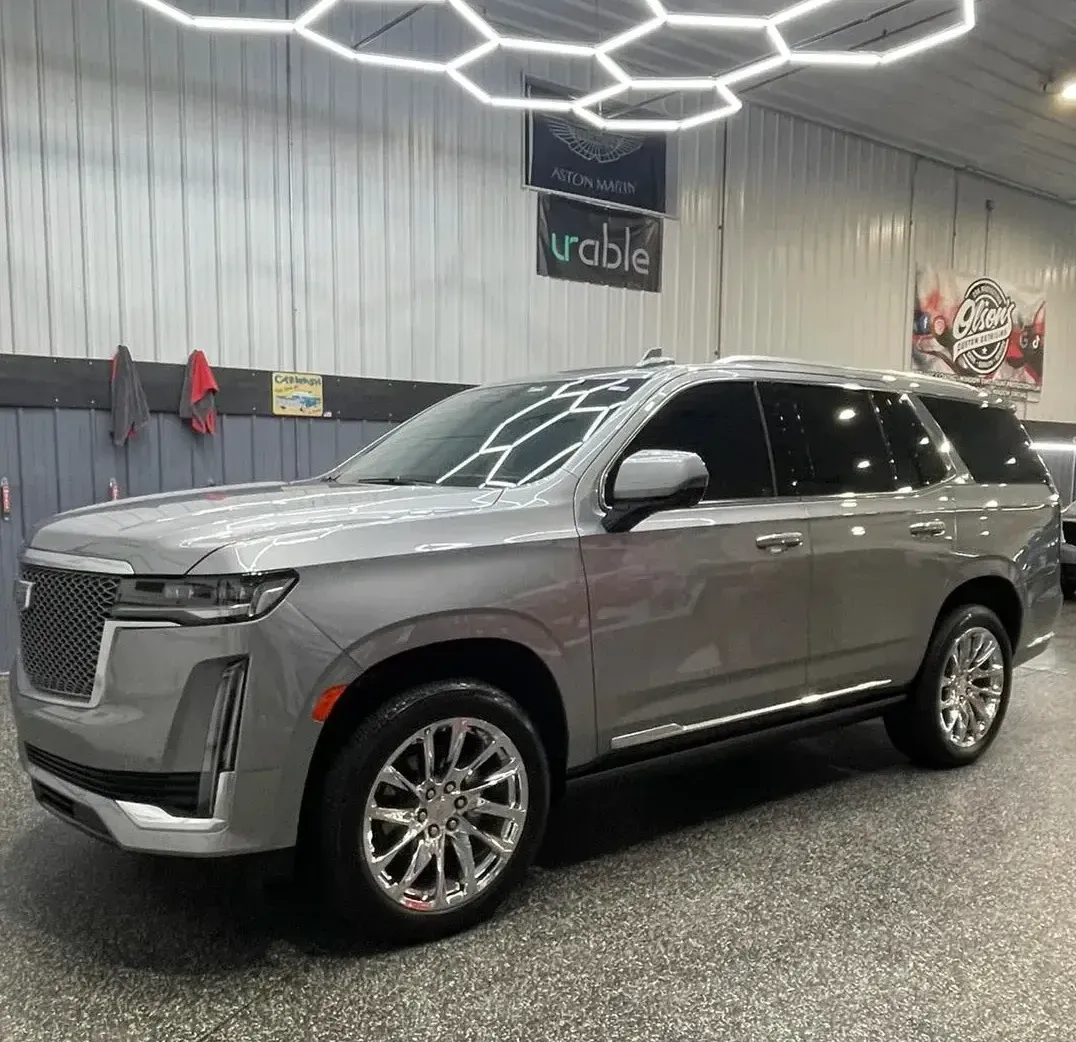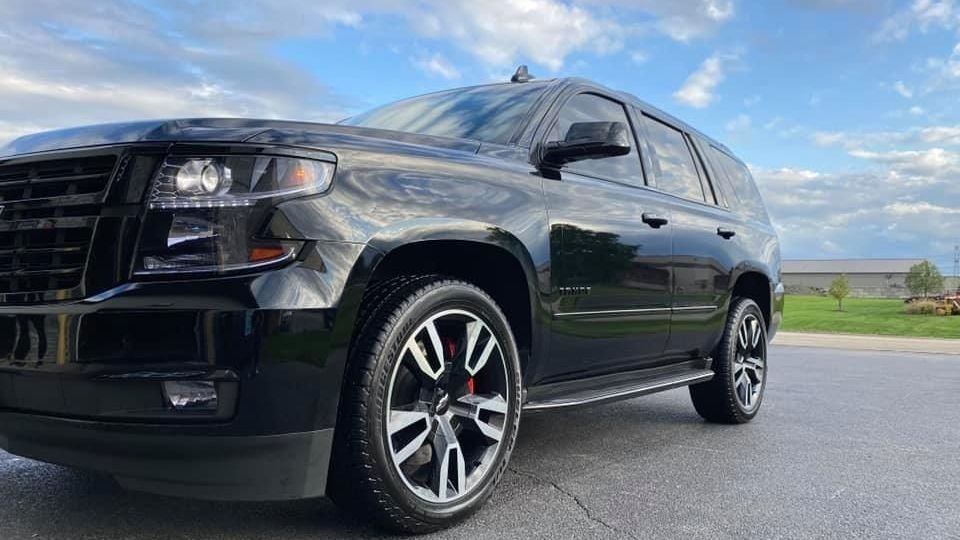If you’ve ever slid into your car on a blazing summer afternoon in New Lenox, you know the feeling: the steering wheel is hot enough to fry an egg, and the sunlight streaming through the windows makes your seats feel like a sauna. It’s uncomfortable, sure—but more than that, it can actually damage your interior and even affect your health over time.
That’s where auto window tinting comes in.
However, it's important to note that not all tints are equal. Some are made for heat rejection, others focus on privacy or durability, and a few do it all, but for a higher price. So, if you’re thinking about getting your car windows tinted, this guide is for you.
Let’s break down the different types of window tinting, what makes them unique, and what you should consider before making your choice.
Why People in New Lenox Are Getting Their Windows Tinted
Beyond the obvious aesthetic upgrade, tinting your car windows can make your daily drives a lot more comfortable. Here’s what a good window tint can do for you:
- Reduce glare from the sun and headlights
- Keep the interior cooler, especially during Illinois summers
- Protect your skin and your interior from UV damage
- Add privacy for you and your passengers
The 4 Main Types of Window Tint (And What They’re Best At)
The field of window tinting has significantly advanced. From basic dyed films to advanced ceramic coatings, here’s a closer look at the most common types and how they perform.
1. Dyed Window Tint: The Entry-Level Option
If you’re on a tight budget or just want a little extra shade, dyed tint might be what you're looking for.
This film consists of a layer of dye sandwiched between an adhesive layer and a protective layer. It darkens your windows but doesn’t do much in terms of blocking heat.
Pros:
- Affordable
- Reduces glare
- Smooth, dark appearance
Cons:
- Fades faster, especially in the sun
- Doesn’t block much heat
Lifespan: Around 3 to 5 years, depending on sun exposure and maintenance.
Ideal for: Anyone who wants a budget-friendly way to improve privacy and reduce glare without investing too much.
2. Metalized Window Tint: A Step Up in Performance
Metalized films use tiny metallic particles to reflect heat and UV rays. It’s a bit shinier than dyed film and does a better job of cooling the cabin.
Pros:
- Great at reducing heat
- Doesn’t fade easily
- Adds a sleek, reflective finish
Cons:
- May interfere with GPS, radio, and cell signals
- More reflective look isn’t everyone’s style
Lifespan: 5 to 7 years
Ideal for: Drivers who want solid heat rejection without going all-in on premium film—just be aware of the signal interference.
3. Carbon Window Tint: A Balance of Looks and Performance
Carbon film offers a matte finish and does a solid job at blocking both heat and UV rays, without any of the signal interference issues.
Pros:
- Non-reflective, modern look
- Excellent UV and heat protection
- No electronic interference
Cons:
- Costs more than dyed or metalized film
Lifespan: 7 to 10 years
Ideal for: Car owners who want serious protection and a clean, understated look that lasts.
4. Ceramic Window Tint: The Best of the Best
Ceramic tint sets the benchmark for superior performance. It’s built with nano-ceramic technology that blocks infrared heat and nearly 100% of UV rays, without affecting visibility or signals.
Pros:
- Outstanding heat and UV protection
- Crystal-clear visibility
- Doesn’t fade or bubble
- No interference with electronics
Cons:
- Higher price point
Lifespan: 10+ years
Ideal for: Drivers who are in it for the long haul and want premium comfort, protection, and clarity.

Shades and VLT: How Dark Should You Go?
Window tint comes in different shades, and each shade is measured by something called Visible Light Transmission (VLT). That’s just a fancy way of saying how much light can pass through.
- 70% VLT—very light; blocks little sunlight
- 50% VLT—Slightly darker, still very transparent
- 35% VLT—A nice middle ground; sleek but legal for most front windows
- 20% VLT—Significantly darker; common on rear windows
- 5% VLT—The darkest shade (a.k.a. limo tint)
But Wait—What’s Legal in Illinois?
Good question. In Illinois, tint laws can be a bit specific:
- Front side windows:
Must allow more than 35% of light in
- Rear side windows and back window: You have more flexibility, especially on SUVs and trucks
Before you get your windows tinted, it’s smart to check the latest Illinois regulations or ask a local shop here in New Lenox. They’ll make sure you’re within legal limits—and avoid any unnecessary tickets.
How Long Will It Last?
A lot depends on the type of tint and how you care for it, but here’s a rough breakdown:
- Dyed Tint: 3–5 years
- Metalized Tint: 5–7 years
- Carbon Tint: 7–10 years
- Ceramic Tint: 10+ years
Proper installation and care (like gentle cleaning and avoiding ammonia-based products) can help extend the life of your tint.
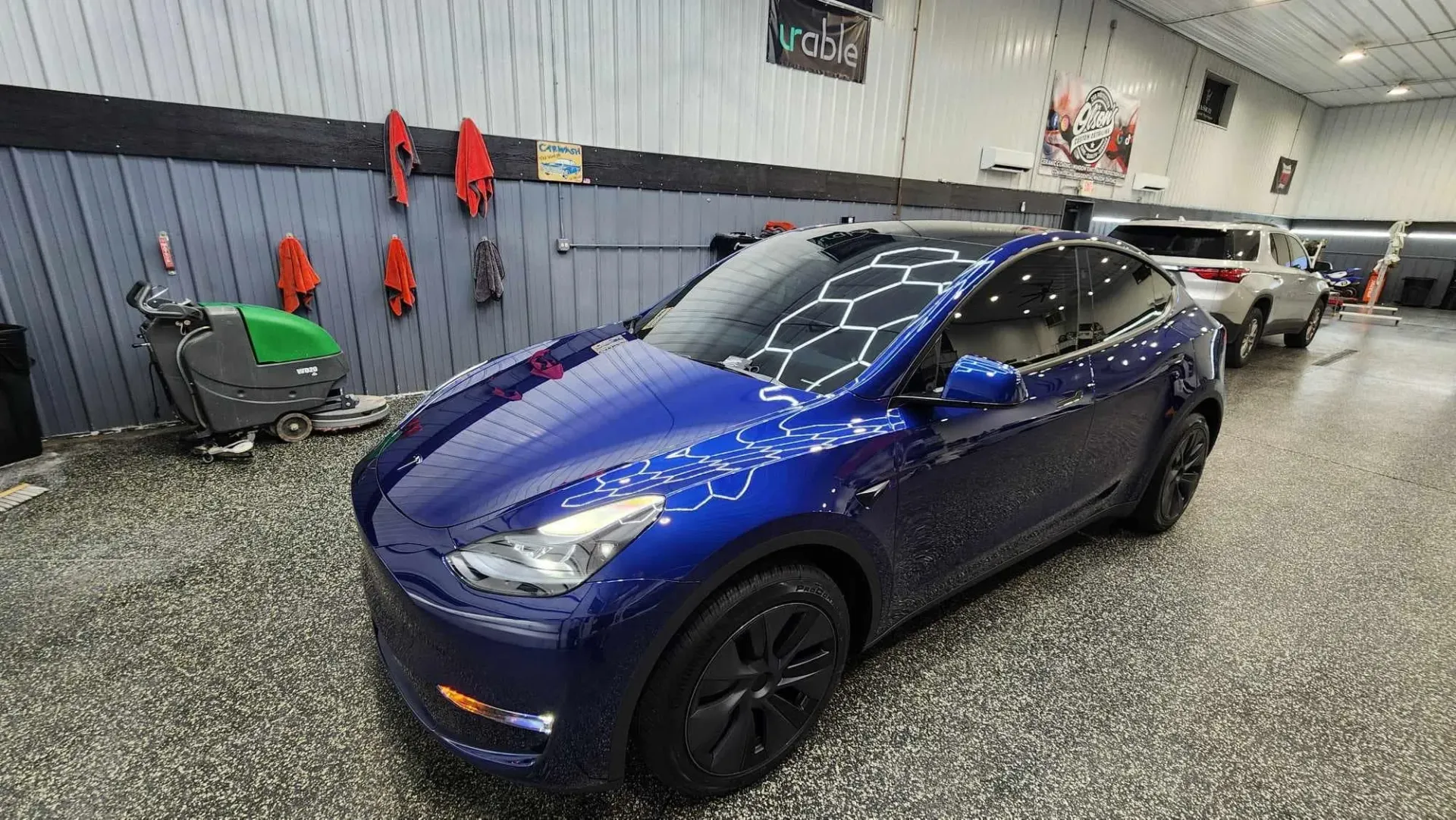
Things to Consider Before Choosing a Tint
Before you commit to a film, think about what matters most to you. Is it looking? Comfort? Durability? Here are a few questions to ask yourself:
- How dark do I want to go? (And is it legal?)
- Do I need heat rejection for hot summers?
- Am I okay with some signal interference?
- How long do I plan to keep this car?
- What’s my budget?
It also helps to visit a professional tint shop in New Lenox. Seeing real samples on real cars makes the decision process a lot easier.
Why XPEL Stands Out as a Leading Window Tinting Brand?
When it comes to automotive window tinting, XPEL sets the industry standard. While there are several brands on the market, XPEL consistently rises to the top for its combination of advanced technology, exceptional clarity, and long-term performance.
Unlike some tints that fade, bubble, or interfere with electronics, XPEL’s ceramic tint films—especially the XR and XR Plus series—offer outstanding infrared heat rejection, crystal-clear visibility, and a sleek, non-metallic finish that won’t interfere with GPS, radio, or mobile signals. They're engineered for real-world driving conditions, keeping your cabin cooler, your upholstery protected, and your view unobstructed.
What also makes XPEL unique is their commitment to quality control and backed warranties, ensuring your investment is protected for years to come.
At Olson's Custom Detailing, we proudly offer professional installation of XPEL window tint. Our team is factory-trained and experienced in applying these premium films with precision and care. Whether you’re looking to improve comfort, upgrade your car’s appearance, or protect your interior from harmful UV rays, Olson's Custom Detailing and XPEL deliver performance you can trust.
Should You DIY or Hire a Pro?
Look, we get it—YouTube makes everything look easy. But when it comes to window tinting, precision is key. Professional installers not only make your windows look flawless, but they also make sure your tint is legal and backed by a warranty.
If you want the job done right—and don’t want to deal with peeling edges, bubbling film, or redoing it in a few months—let a pro handle it.
Final Thoughts: Which Window Tint is Right for You?
When it comes to window tinting, there is no universal solution. The right choice depends entirely on your personal needs and driving habits. If your priority is maximum heat rejection and UV protection, ceramic window film offers top-tier performance. Are you in search of a stylish yet cost-effective solution? A dyed film may be just what you need. Want the perfect middle ground between price and performance? Carbon film delivers reliable results without the premium price tag.
At the end of the day, the most important thing is that you feel comfortable, protected, and satisfied with your choice.
If you’re still weighing your options, don’t worry—Olson's Custom Detailing in New Lenox is here to help. Our team of window tinting professionals takes the time to understand your goals and guide you through every option, whether you're after style, function, or both. No pressure, just honest advice and top-quality service tailored to your vehicle.
Stop by Olson's Customs Detailing and see for yourself why drivers across New Lenox trust us to deliver lasting results.
Ready to upgrade your ride?
Whether you want to stay cool, add privacy, or give your vehicle a whole new vibe, quality window tinting can make a significant difference. Start by exploring your options, asking the right questions, and choosing what works best for you and your lifestyle.
